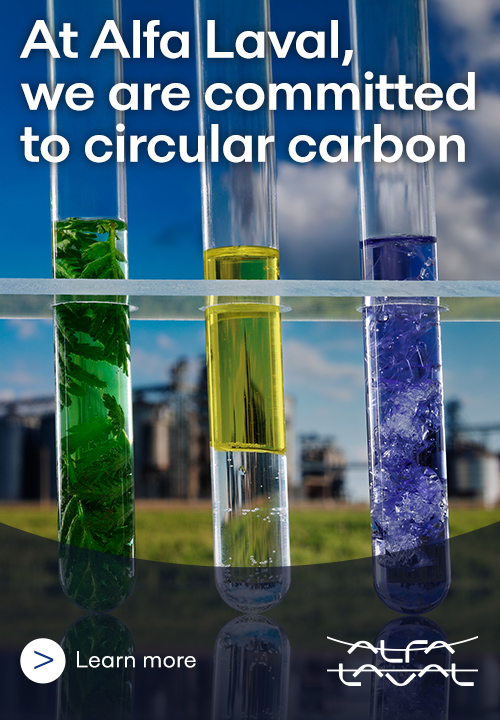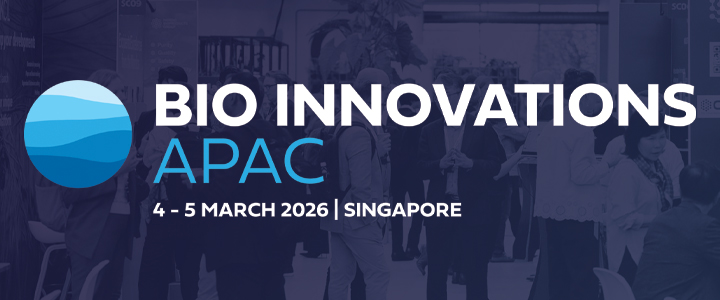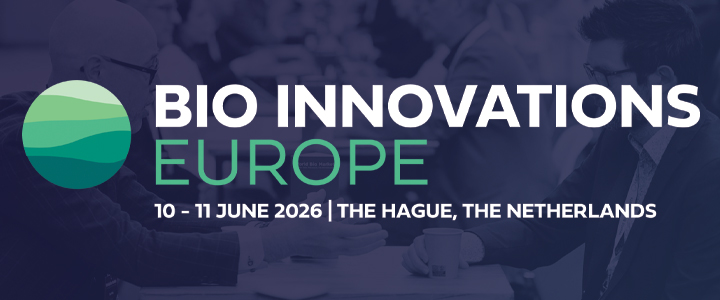The bioeconomy is poised for significant growth, driven by advancements in distributed biomanufacturing. To ensure its success, researchers at Imperial College London, along with global collaborators, are calling for the urgent development of open, voluntary standards for engineering biology. These standards are crucial for facilitating rapid technological advancement within the bioeconomy.
Here, World Bio Market Insights Head of Community, Paul MacDonald, catches up with Paul Freemont, Head of Structural & Synthetic Biology at Imperial College London and Director of the London Biofoundry. Paul discusses his latest endeavour as Chair of the Task Force looking at global standards for the bioeconomy; an effort that came about to address the current lack of relevant standardisation and metrology across engineering biology.
Paul MacDonald (PM): Welcome to 5 Minutes With… Could you please tell us why you wanted to undertake this project, and what it means for the bioeconomy?
We know that the bioeconomy is growing rapidly. We are seeing more and more investments into engineering biology, and an increasing number of innovative products derived from engineering biology are being made possible by technological advancements. But to really make an impact, we need to see scale-up; we need to see an acceleration of these products getting to market. To successfully scale an industry, especially on a global level, you need some form of standardisation.
In parallel, we know that there are shockingly few published standards that apply directly to biotechnology. Only 35 ISO standards are currently published for biotechnology. To give this some perspective, there are 79 published ISO standards for dental instruments (that’s not the entire dental industry, just the instruments)! For many years there have been calls to address this, and now is a pivotal time to do so. To support commercialisation of the bioeconomy we need to have relevant standards and metrics. And that is exactly what this project focused on; what standards are needed, and how they could advance the bioeconomy.
PM: So how did you go about addressing this, and what were some of the key takeaways from the project?
We wanted to begin by getting a better understanding of the current state of the bioeconomy globally. This meant having regional discussions, where local stakeholders could provide the relevant context and share their own perspectives around what is needed, what type of standardisation would work, and what their priorities were. With support from Schmidt Sciences, we were able to set up an international Task Force with colleagues from the Engineering Biology Research Consortium and the National Institute of Standards and Technology in the US, and the National University of Singapore, and convene regional workshops in the Americas, Europe, and Asia. These regional discussions were really important, and we found that the priority areas for standardisation differed, in some cases as a result of technology readiness, or regulatory frameworks in place. Regional differences arose even around the most basic concepts, such as interpretations of what the bioeconomy is, or whether there is a difference between engineering biology and synthetic biology.
However, despite many differences, there was a clear consensus across the regions that having some form of standardisation would be useful. There are ten key areas that we highlight in the report for standards and metrics development. These include areas such as data standards, standards and metrology to support scale-up and scale-out, and developing standardised criteria for sustainability assessments specific to engineering biology. While some of these key areas will be higher priority in some regions, we emphasise the need to consider all areas in parallel – non-technical areas, such as education and training, are essential to support the implementation of more technical areas. A good example is the recommendation for a standardised lexicon; applying standards to support scale-up and distributed manufacturing on a global scale could be hindered by a lack of shared understanding of key terminology.
PM: What comes next?
The report has now been published – readers can download a copy from our webpage. The key areas identified in the report should be taken as the groundwork to build upon for developing standards and metrics specific to engineering biology.
The overall aim is to support the commercialisation of the bioeconomy. We found that SMEs had the most to gain from standardisation, as they currently take on the biggest risks in their efforts to get new products to market. Appropriate standards and applied metrology to help them, for example, to navigate the complex regulatory assessments in place, or specific guidance on implementing LCA and TEA, would likely improve the overall success rates of SMEs and support the growth of the sector as a whole.
The importance of sustainability, and the potential for the bioeconomy to contribute towards a lower carbon economy, were key points raised throughout the project. In Europe, we heard directly from the European Commission how the Bioeconomy Strategy is intrinsically linked to sustainability. The potential for bioengineered products and processes to contribute towards a more sustainable future needs to be more clearly communicated. Applying standards can be an efficient way of doing this; allowing consumers to compare engineering biology derived products with non-engineering biology products.
For more information please visit www.imperial.ac.uk/engbiosgb or contact Juliette Malley at [email protected]






